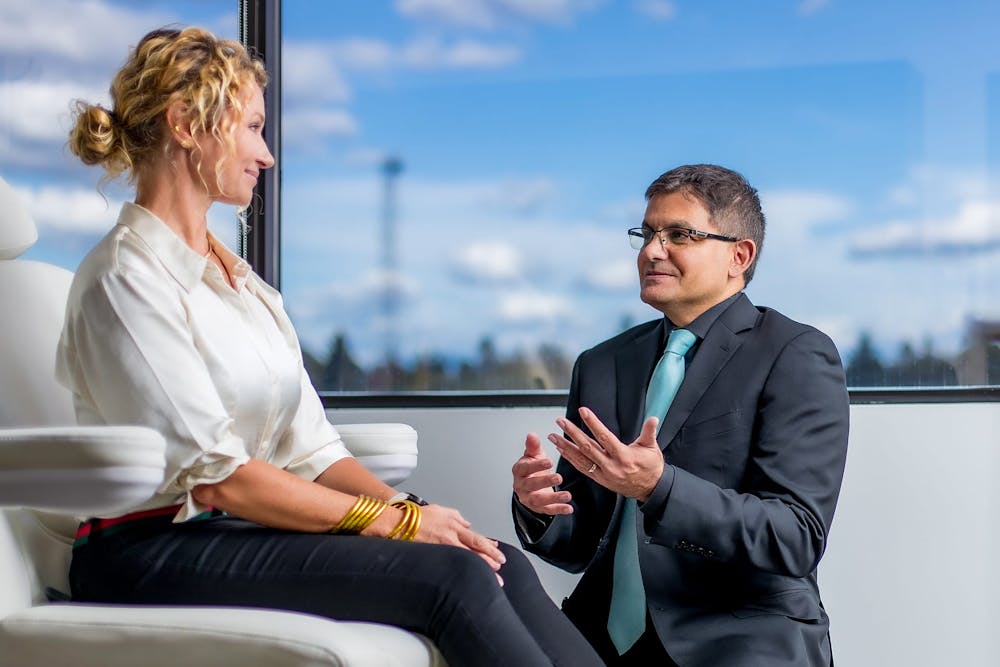Board-certified plastic surgeon, Dr. Allen Gabriel, specializes in procedures including liposuction, tummy tucks, mommy makeovers, and more.
If you’re like many of our clients, you’ve worked your hardest to slim and tone the belly through exercise and dieting, but those methods just haven’t produced the desired results.
Tummy Tuck












